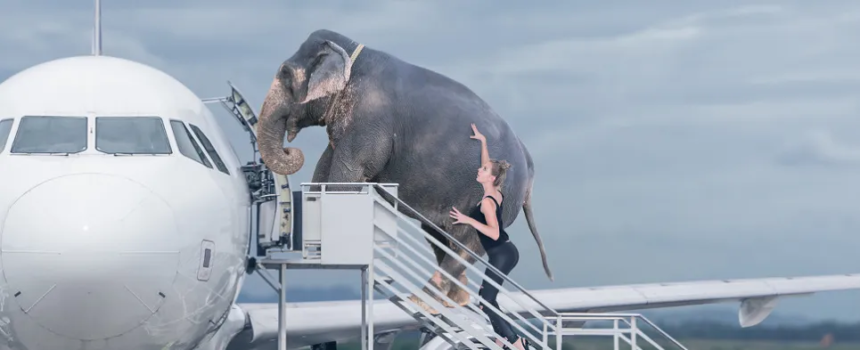Tanzania on Sunday reversed its decision to lift a controversial ban on wildlife exports a day after the move triggered an uproar in the East African nation.
The ban imposed in 2016 was to safeguard the country’s protected animals and birds who were illegally being shipped abroad.
On Saturday, however, wildlife authorities announced they would lift the ban for an initial six months from June 6 to December 5 for traders to “clear stocks of animals” that they could not sell under the ban.
But in a swift U-turn, Tourism Minister Pindi Chana reinstated the ban to allow further consultations.
The public received the minister’s announcement with mixed feelings as the majority were left bewildered, questioning the government’s information coordination.
Following that clumsy show displayed by the government, Taifa Daily had to go further and dig about the leading countries of wildlife exporters and importers.
According to the Journal of Science Advances published in 2021, “Richer countries are the biggest destinations for wildlife, which originates from poorer countries”. One reason for the pattern is simple: people in richer countries can pay more for the wildlife.
The wildlife trade is a significant cause of species loss and a pathway for disease transmission. Socioeconomic drivers of the wildlife trade are influential at the local scale yet rarely accounted for in multinational agreements to curb international trade in threatened species.
Digging deeper, the researchers found it isn’t just that wildlife products mostly flow from developing to developed countries, but that wealth inequalities drive the trade. “When the inequality between countries was higher, trade volume was larger,” Liew said, a researcher at the University of Hong Kong.
The most-traded wildlife organisms in the world include mammals, birds, fish, reptiles, insects, amphibians, anthozoans (which include corals), sharks and rays, arachnids, bivalves (which include oysters), hydrozoans (which include jellyfish), and snails.
In recent decades (1998–2018), approximately 421,000,000 threatened wild animals were traded between 226 nations/territories.
The global trade network was more highly connected under greater international wealth inequality conditions, when rich importers may have a larger economic advantage over poorer exporting nations/territories.
The largest exporters of wild animals in the trade between 1998 and 2018 were Indonesia, Jamaica, and Honduras, while the United States was the biggest importer, with France and Italy a distant second and third, respectively.


